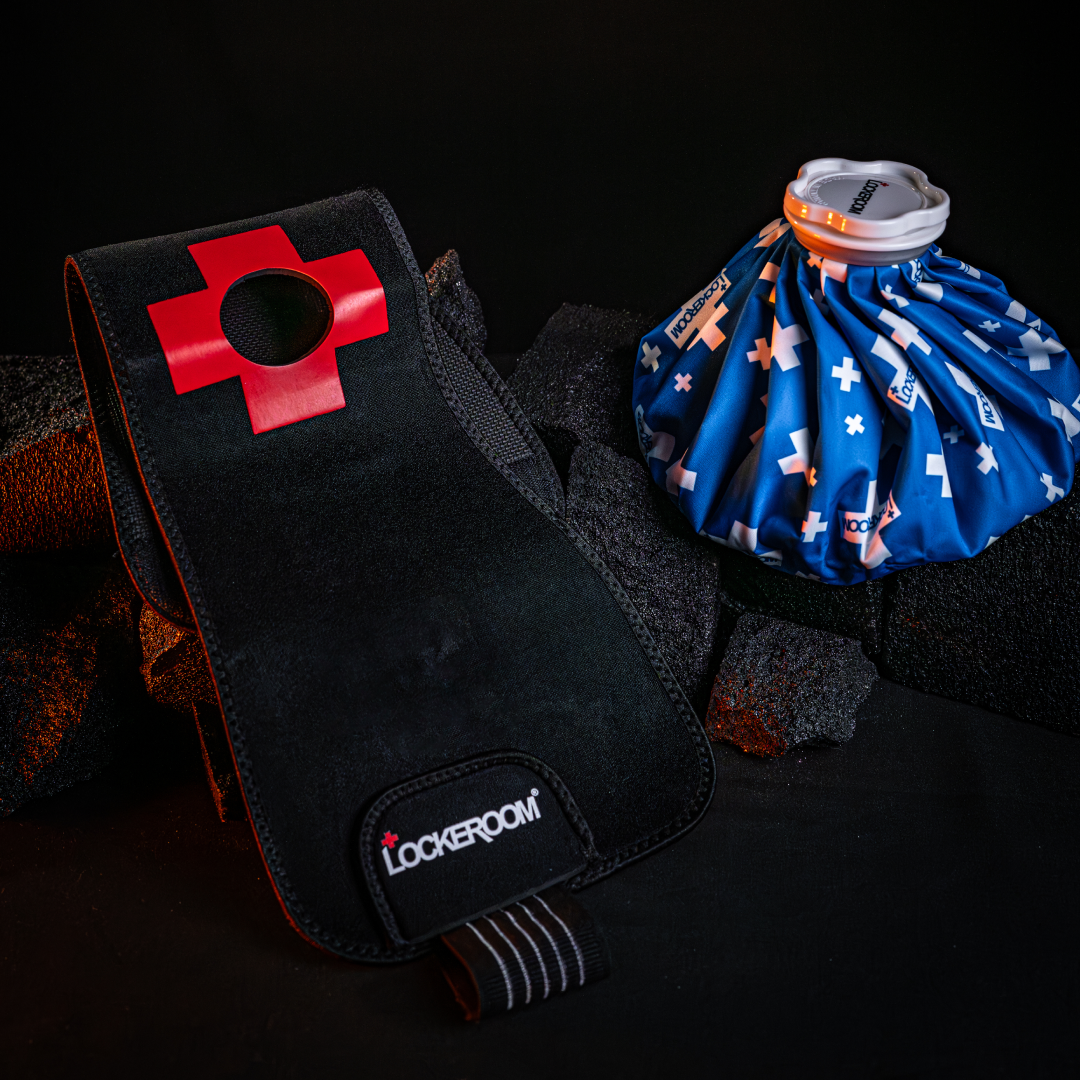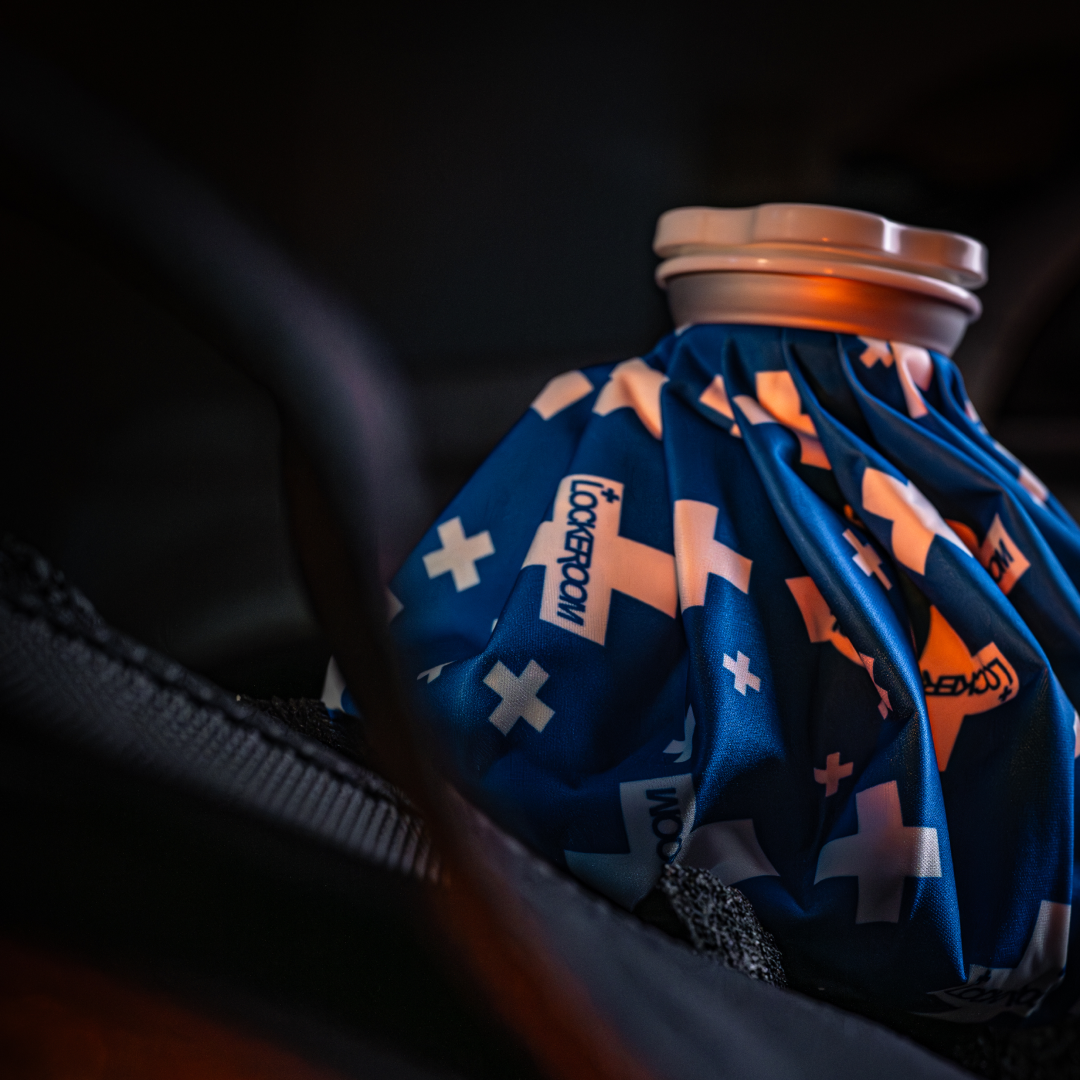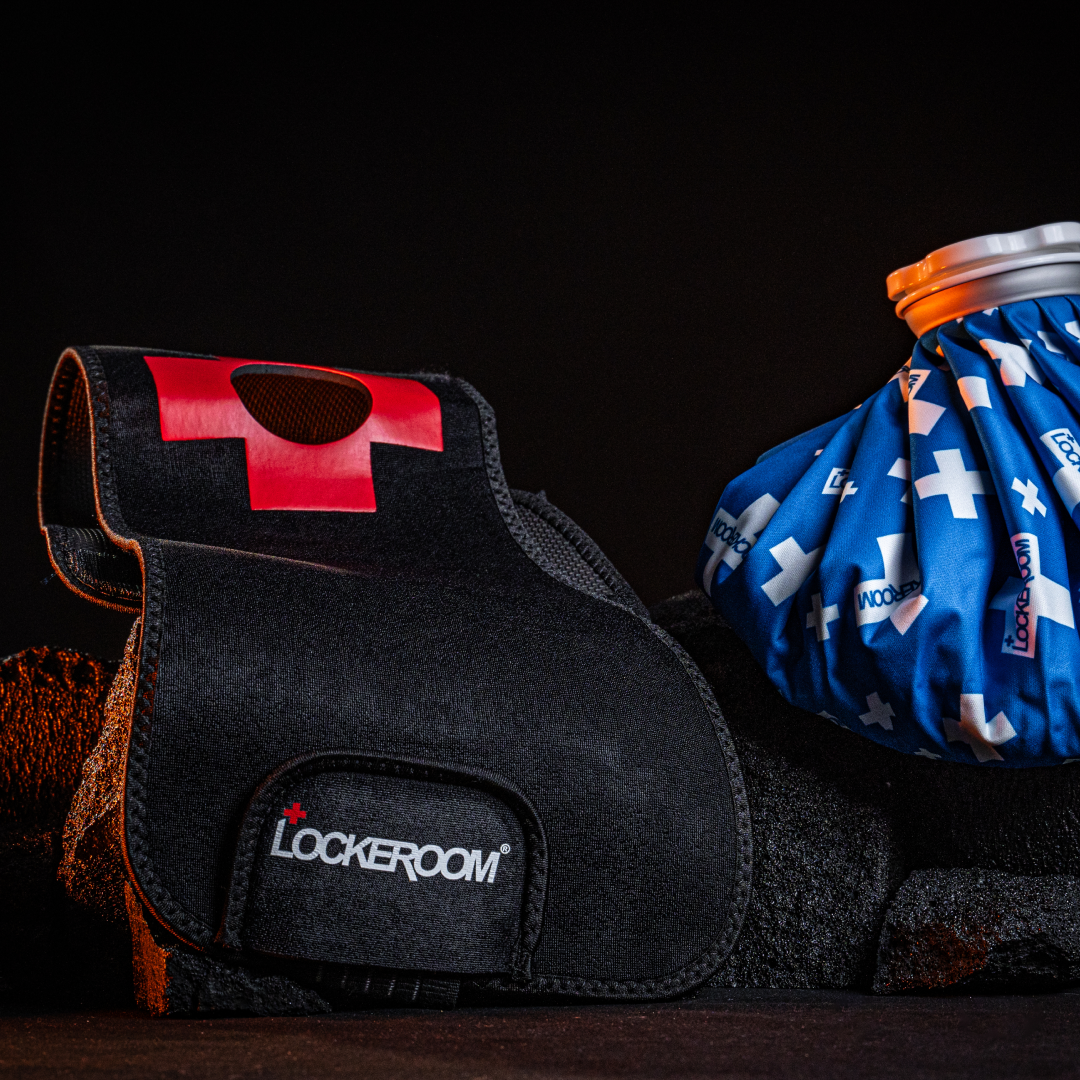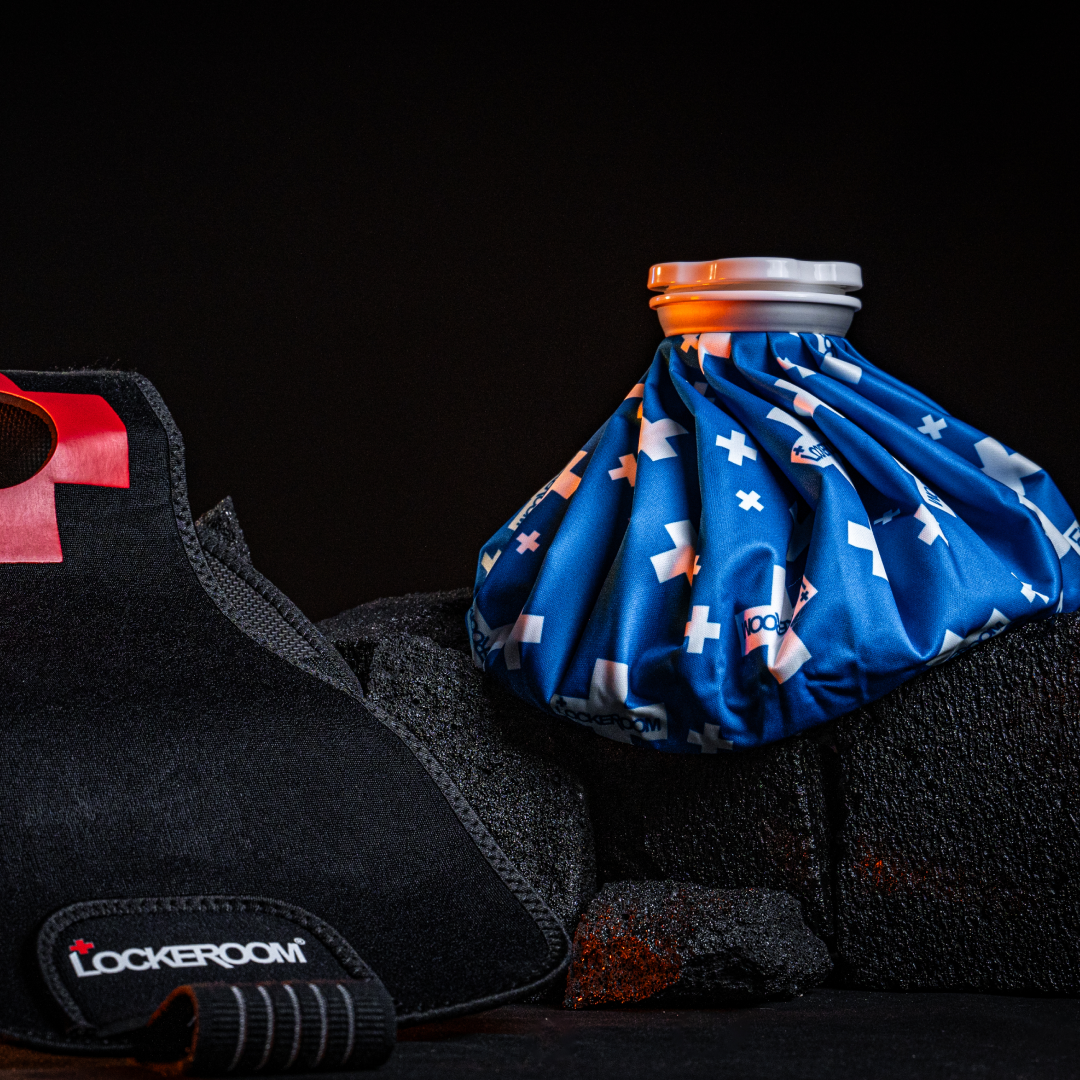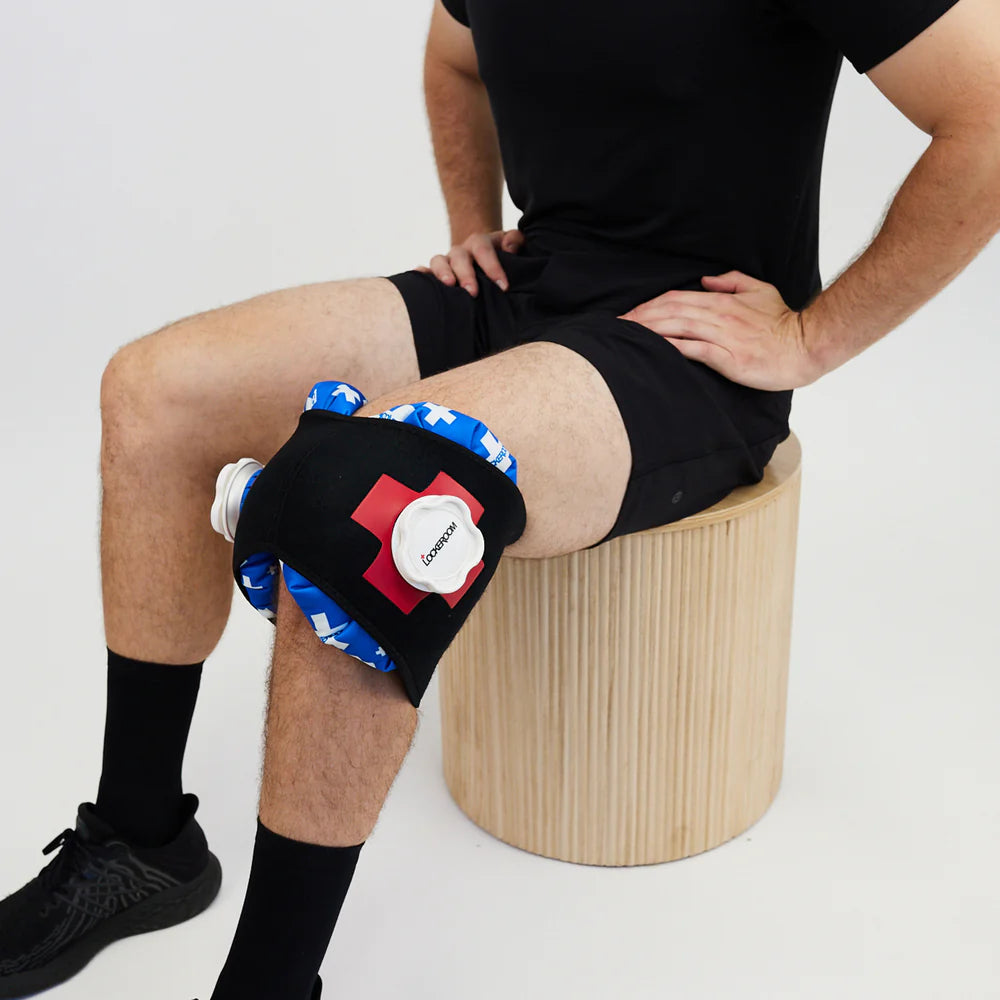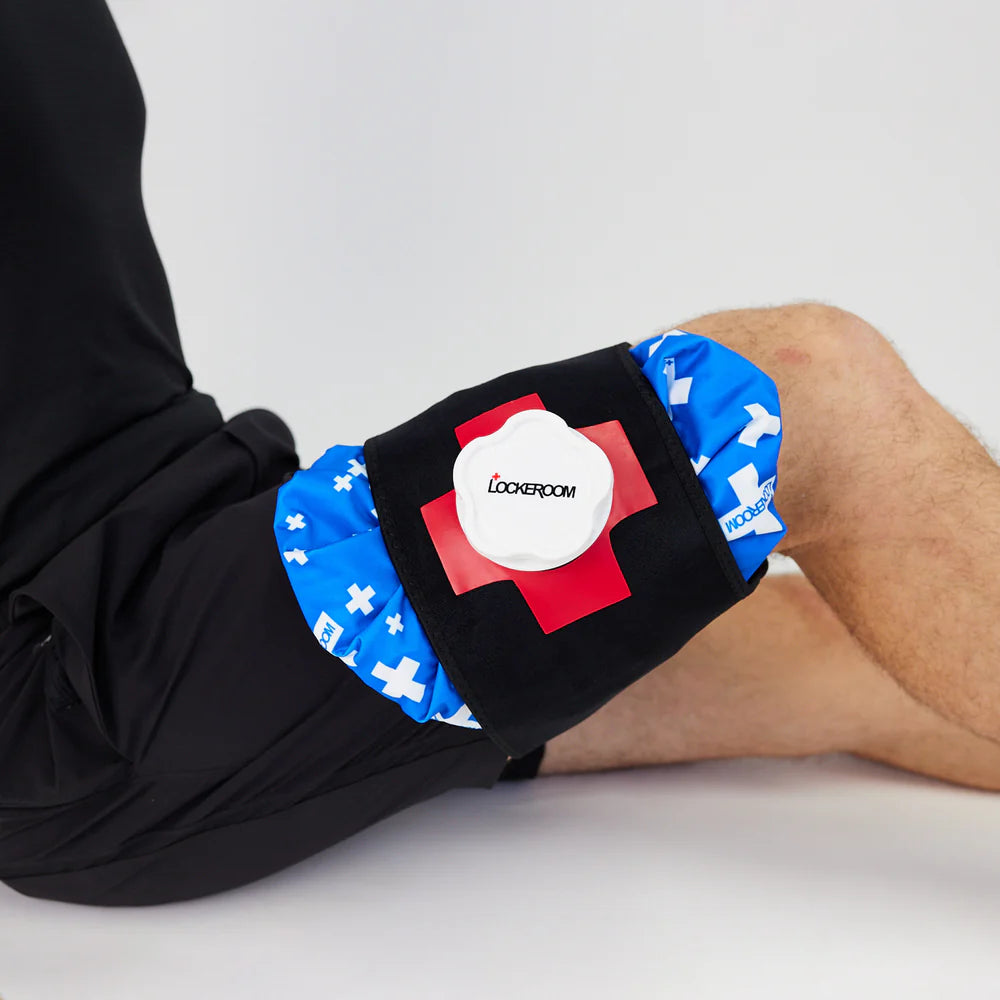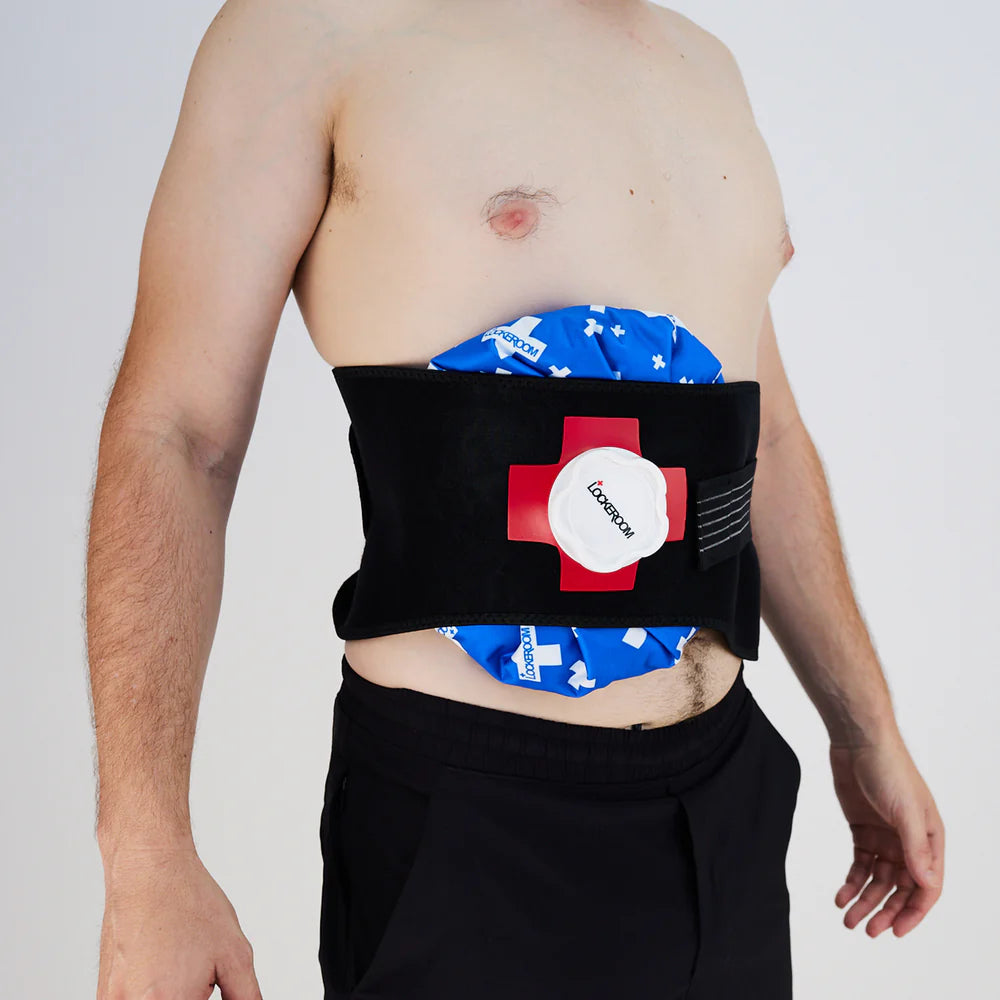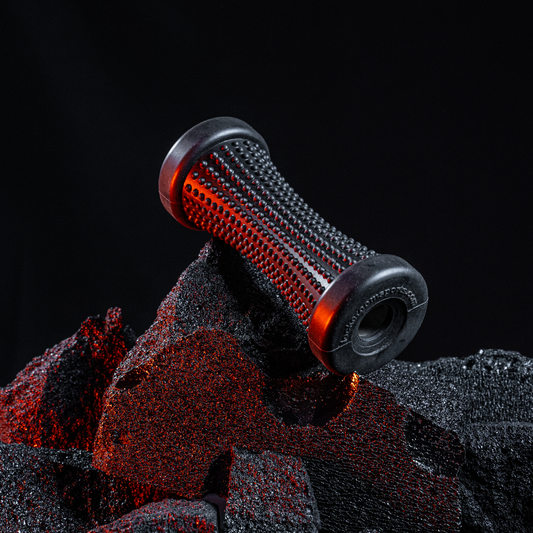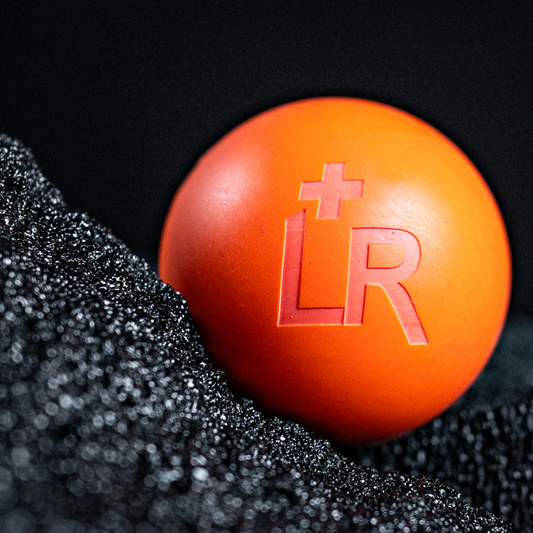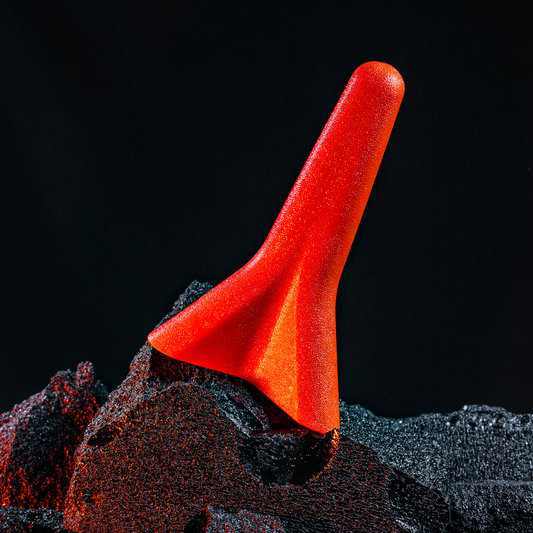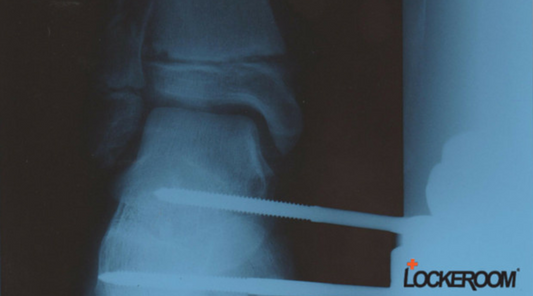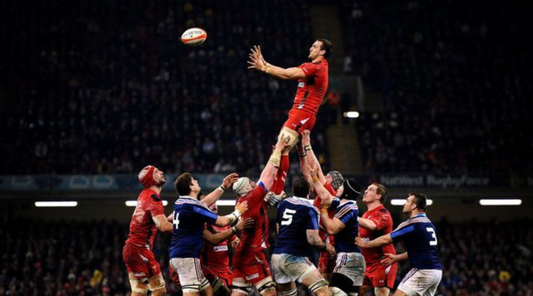
Q&A with Cam
Learn what might be behind your symptoms
I was twisted in a tackle and felt a 'pop' in my chest. What have I done?
Rib injuries can include fractures, bruising, and cartilage damage, typically resulting from direct contact or compression, such as being landed on during a game.
The most common symptoms of a rib fracture are reporting heavy contact, feeling a “crack” and then pain. Most fractures are managed symptomatically ie when the pain goes you can compete again. This may take 3-4 weeks.
Rib Cartilage injuries, often caused by compressive force to the front of the lower ribs, such as shoulder contact during a tackle or compression in a rugby scrum to a front row player, are particularly painful. Usually the sufferer cannot continue playing. They feel clicking in their anterior chest with breathing. The initial first few nights sleep are very uncomfortable.
Pain relief in both types of injuries is essential. As pain subsides, light power band exercises and normal training can resume. Restoring thoracic mobility is essential. Use a Posture Pro, Thoracic wedge or Dome. Only when pain has reduced, gently stretch your Lats out (Stretchband)
My Mid back is really stiff and sore. Occasionally I even get short of breath. Why?
Costovertebral joint injuries occur where the ribs join the spine and can cause significant discomfort. Compression on the front of the ribcage often leads to soreness in the mid or upper back, as the rib cage structure can transfer stress to these areas.
Managing this back soreness is crucial for restoring normal rib function. Treatment typically involves manual therapy, such as physiotherapist-assisted joint mobilization, or self-treatment using a Massage ball or Foam roller.
Rib injuries can impact recovery from lower back, upper back, shoulder, and neck injuries, depending on the injury location, and should receive more attention from clinicians.
What can I do for a rib cartilage injury?
When experiencing rib pain, the first step is to manage the pain with ice (using an Ice Mate).
Seek a medical diagnosis, including an X-ray, to assess the injury.
Next, focus on mobilizing the costo-vertebral and costo-transverse joints with a Massage ball to maintain flexibility and range of motion.
Strengthening your abdominals and stabilizing obliques using a red Power band is essential to support your rib cage and alleviate discomfort.
Finally, stretching the Lat muscles with a Stretchband will help reduce tension and improve overall rib mobility.
I fractured my rib when I fell and the pain is excruciating. How long with it last?
Rib fractures are relatively common contact injuries and are usually very painful.
Recovery time after rib fractures largely depends on pain management rather than a specific timeframe. Healing is guided by the individual's pain tolerance, and the return to play is determined by how well the pain is controlled.
Rib cartilage injuries, on the other hand, often require more time to heal due to their severity.
These injuries can be slow to settle, typically taking anywhere from 2 to 6 weeks, depending on the extent of the damage.





